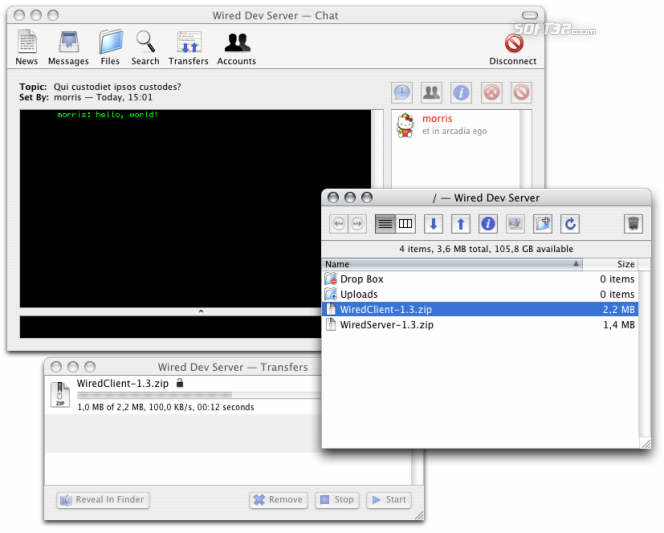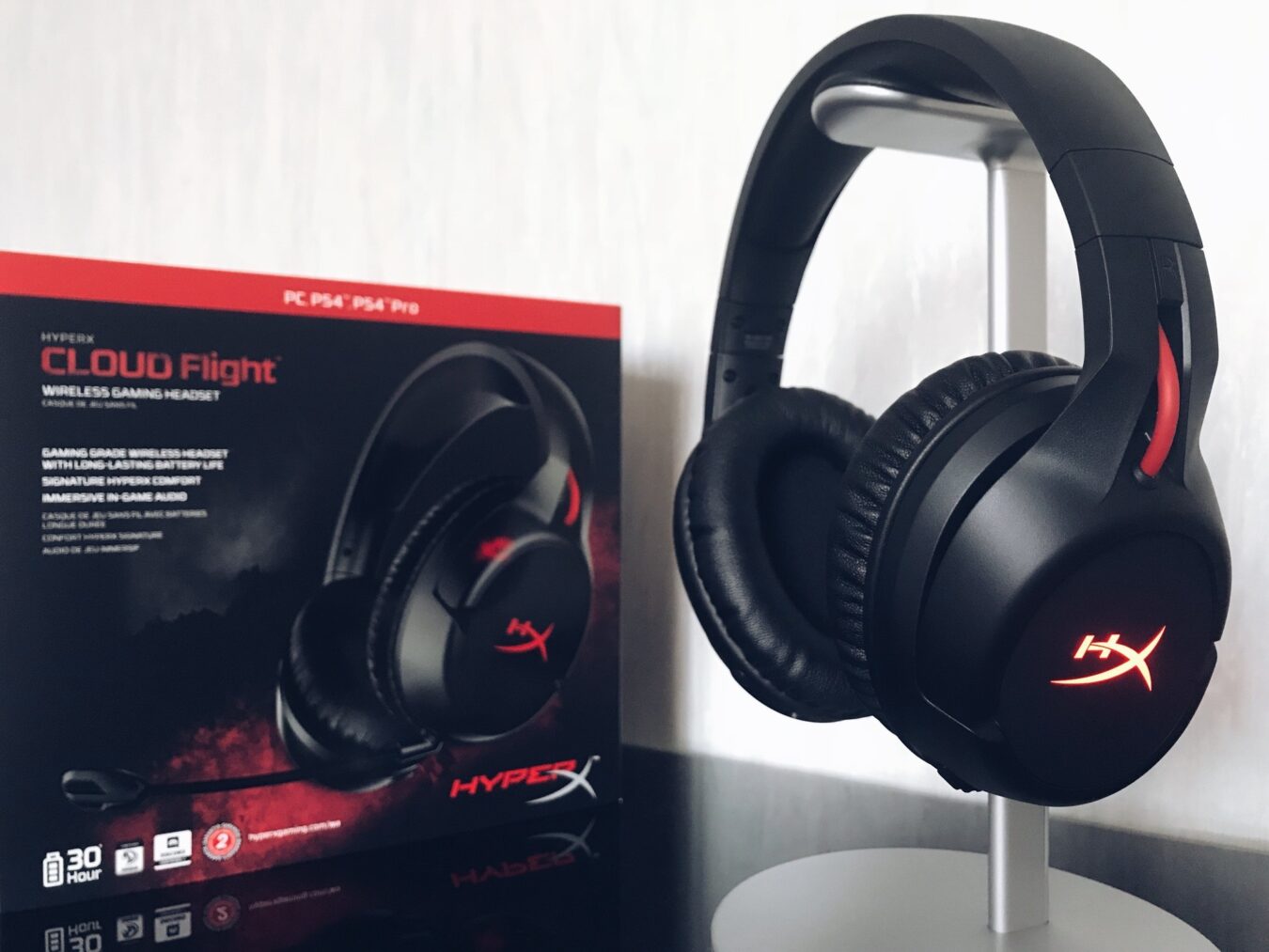
- Cloudtrax wired client drivers#
- Cloudtrax wired client driver#
- Cloudtrax wired client windows 10#
- Cloudtrax wired client pro#
- Cloudtrax wired client code#
Cloudtrax wired client code#
It's an in kernel driver, and will usually be the exact same code in either OS - only differences potentially being newer kernel versions on the normal Linux side versus the chromeos linux side. Or why you think it would be any different in chromeos.
Cloudtrax wired client driver#
Sfx, I'm not sure where you get the idea that Intel 7265 driver support is poor in Ubuntu. This was not a hasty one and done test I had a thirty-AP project relying on the outcome. I'll pull the raw data back up later today to address some of these concerns. I always appreciate SNB's editorial independence, and Jim's insight is good, but there's something wrong here, hopefully OpenMesh has a chance to review and respond. Or more clearly define the client station config and back it up on the SNB test chamber.
Cloudtrax wired client drivers#
For Windows, the Dell XPS 13 is a good choice, and ThinkPad T-series is a great exemplar for the corporate space.įor handheld/mobiles - iPhone 6s is a good start, and with Android, consider the Galaxy S8 - for a couple of reasons - first, is that they perform well with WiFi in both bands, and second, they're strongly representative of the current Salter and be good to do a part II retest with something other than a hacked/jailbroken Chromebook with sketchy drivers that do not represent a significant portion of the fielded equipment.
Cloudtrax wired client pro#
I'd like to see some numbers with something more relevant - MacBook Air 13 is a great reference device for assessing 2.4 and 5GHz performance due to a solid OS driver and very good antenna design - it's a 2-stream device, if one wants three streams, look at the MacBook Pro line. The concern here is that GalliumOS and the driver support there for both the Intel 7265 (which I've found works well on ChromeOS, but not very well on Ubuntu) and the Realtek based WUSB-6300 uses a driver that has always been a bit sketchy in their linux support. Empirically, it is very clear that AP-assisted roaming works on the AC 7265 under Linux, due to the dramatic differences in behavior when connected to different models of AP. D) also supports all three roaming assistance standards.
Cloudtrax wired client windows 10#
However, Microsoft says Windows 10 supports 802.11k,v and r and Intel says the Wireless-AC 7265 (Rev. I have not been able to find definitive information from Intel regarding the technologies supported in their Linux driver. The current Linux driver for the WUSB-6300 does not support 802.11k or v, though, so we shift back to the onboard Intel 7265 for testing of roaming and band steering behavior. The WUSB-6300 is my reference adapter and used for most performance testing, because there's less variation between the four NICs than there is between the internal NICs in the Chromebooks, and also because they have exceptional TX performance. The stations themselves are four identical Samsung Chromebooks running GalliumOS equipped with a built-in Intel Dual Band Wireless-AC 7265 and Linksys WUSB-6300 external wireless adapters. It seems to me like 5.7mbps would make sense for the location A (worst location). The article mentions that the single STA best location (location D) performance on 2.4ghz is 5.7mbps yet the stacked throughput comparison chart seems to show location D at somewhere around 25mbps.

Lastly, I'm confused by some of the graphics in the article. Is this testing being done in an urban/suburban house or a rural home? I'd also like to know if Jim has access to MetaGeek's spectrum analyzer to see what the 2.4ghz spectrum baseline looked like at the time of the testing. I'm interested to know if Jim was using OpenMesh's recommended settings for maximum performance since options like DPI and DNS intercept add additional overhead that affect performance of their cheaper AP's disproportionately. If that's the speed at location D, what was the throughput at location A (worst location)?

I designed the network for 5ghz so it doesn't matter much (and is probably why there haven't been any complaints) but I'm trying to confirm the maximum single STA throughput on 2.4ghz that Jim saw was only 5.7mbps? That seems hard to believe even for a cheap little AP like the OM5P-AC. The client hasn't had any complaints but I'm surprised to see such poor 2.4ghz performance. I installed 8 of these AP's in a very large home last year but I never got to perform as much testing as I wanted to.

Fun article, big thanks to Jim for writing this up.


 0 kommentar(er)
0 kommentar(er)
